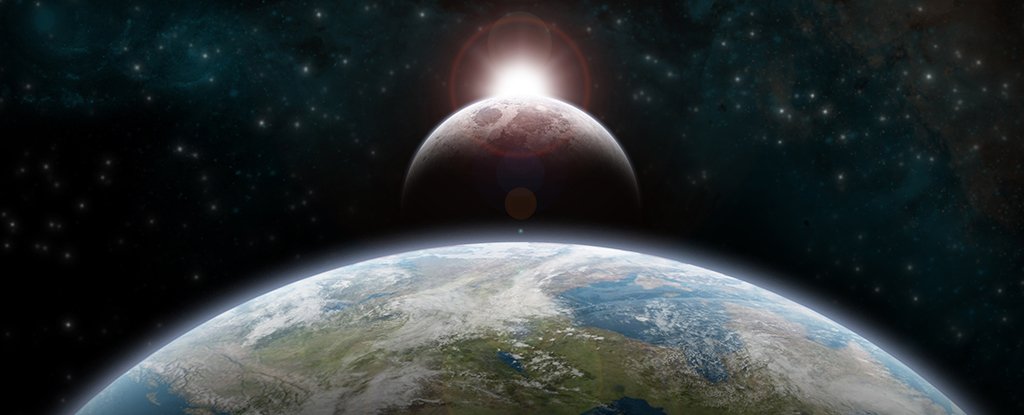Products You May Like
In 1687, Isaac Newton formulated his laws of motion and universal gravity, bringing the movement of distant stars, moons, and planets into focus.
With the stroke of his quill, Newton’s pioneering work also triggered a centuries-long search for mathematical solutions to rein in chaotic triple systems, such as the Sun, Moon, and Earth, which researchers are still scratching their heads over to this day.
Ivan Hristov of Sofia University in Bulgaria and colleagues are the latest investigators in a long line of astronomers and mathematicians, who, since Newton’s day, have been trying to find solutions to explain how three celestial bodies remain locked in a stable dance, slinging each other about under their reciprocal forces of gravity without colliding or careering off into space.
The quandary is called the three-body problem, and it extends to any trio of gravitationally entwined objects. A solution would allow astronomers to plot the predicted motions of these objects given their initial positions and velocities.
It sounds simple, but throwing a third object into a two-body system makes predicting those movements much harder to do. Supercomputers and neural networks have certainly helped.
Now, Hristov and colleagues have reported a whopping 12,409 orbital patterns for three-body systems that work within the bounds of Newton’s laws, and have three equal masses. It’s a dizzying number of solutions that have not yet been peer-reviewed, but should nonetheless generate some healthy discussion.
No overarching, universal solution has ever been found to the three-body problem; most systems give rise to chaotic movement that is beyond hard to predict.
But, like this latest study, a host of solutions have been discovered for special cases, when the system operates under certain conditions. However, some are more relevant to practical astronomy than others.
This latest batch of solutions is for systems where the three bodies are stationary to begin with, before ‘falling’ into the clutches of one another’s gravity. So while the solutions might satisfy curious mathematicians, they probably have few real-world applications.
“Most, if not all, require such precise initial conditions that they are probably never realized in nature,” Louisiana State University physicist Juhan Frank told journalist Matthew Sparkes for New Scientist.
Nevertheless, Hristov and colleagues used a supercomputer to build on earlier work, published in 2019, that found more than 300 new families of periodic orbits of the free-fall three-body problem, specifically.
According to Hristov and colleagues, “that work left a lot to be desired” and so they sought to resolve the points of mathematical disagreement, namely, that objects in free-fall systems don’t fall into closed, looping orbits but swing through open-ended tracks. Hristov and colleagues’ work differs though, in that it considers three objects of equal, not random, mass.
Free-fall orbits “may yet prove to be of astronomical relevance,” Hristov and colleagues write. Although that depends on how stable the new solutions are when the influence of distant bodies or solar winds is factored in.
Three-body systems have a tendency to collapse, says Frank, with two objects uniting in a binary system and ejecting the third mass.
For now, at least Hristov is just reveling in the beauty of the predicted orbits. “Stable or unstable – they are of great theoretical interest,” he told Sparkes. “They have a very beautiful spatial and temporal structure.”
The study has been posted to arXiv ahead of peer review.
